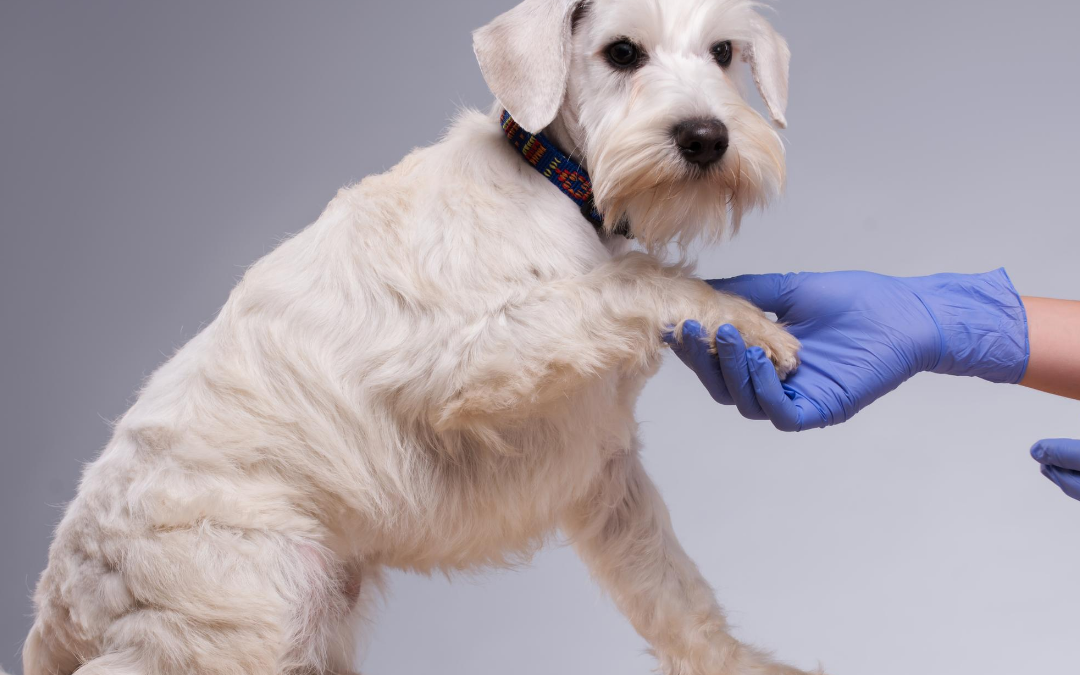There are many risks associated with pets going under general anesthesia. As the veterinarian, it is your responsibility to ensure that the owner not only understands these critical risks but that the benefits of the planned procedure outweigh said risks. However, you also have the opportunity to minimize these risks with drug selections and real-time vital monitoring.
Each veterinary clinic has a different capacity to monitor patients, based on their monitoring equipment in place. So as a modern veterinary, make sure you have the most innovative, state-of-the-art solution, MeasureON! for your patients.
Throughout the patient’s procedure and recovery, monitoring is critical, as many complications can be caught early with the proper equipment and care. The earlier you or your staff identifies that your patient’s vital values are approaching the limit of their safe range, the sooner the veterinarian or veterinary nurses can intervene in critical situations. Identifying a problem and intervening sooner is always in the patient’s best interest.
Four Key Milestones In Post-Anesthetic Recovery
1. Swallowing: Canine patients are expected to begin waking up shortly after the inhaled anesthetic gas is turned off. The patient should be able to completely swallow prior to the removal of their endotracheal tube. While the patient recovery process looks different in every clinic, it is important that the patient remains closely monitored until they are able to swallow. This ability to swallow indicates that nerve impulse transmission is resuming in their brain.
2. Reaching Normothermia: While under general anesthesia, a dog’s temperature often falls below 100°F. The potential for this anesthesia-related hypothermia can be minimized through establishing prevention-measures as a common practice in your veterinary clinic. This can include using an IV Fluid warmer, wrapping the dog in a blanket rather than placing them on the cold operating table, and using commercial warming devices. Through taking the patient’s temperature prior to their anesthesia pre-med, you will have a baseline temperature for this patient. This can be compared to normal canine temperature as well as their temperature throughout surgery. If the patient is still hypothermic when extubated, it will be important to add blankets and warming devices to their kennel. Clinic staff should regularly record the patient’s temperature, to ensure that it is rising and that additional interventions are not needed.
3. Respiratory Rate: Monitoring a patient’s respiratory rate following surgery is important as it may take some time for this value to return to normal. Monitoring respiratory rate is especially beneficial in aggressive dogs or fractious cats that may not allow clinic staff to record other vital metrics. In these cases, the veterinary nurse can simply record a respiratory rate by observing through the cage, and report on the patient’s mentation. However, it is always more ideal to auscultate the lungs, and record additional metrics for each patient.
4. Heart Rate & Auscultation: A patient’s heart rate is likely to significantly vary throughout their time at the clinic. For example, a 6 month old puppy may come in very excitedly, jumping on the nurses and giving plenty of kisses – and therefore have a correspondingly high heart rate. This patient’s heart rate would then be expected to be lower following their neuter, as they are significantly calmer due to the drugs and general anesthesia. It is important to train your staff, or provide posters in the recovery area, reminding veterinary nurses what a dog’s heart rate is expected to be (based on size), and when a veterinarian should be informed or consulted. Additionally, auscultating the heart (and lungs) is especially important in dogs with a known heart murmur and in older dogs.

Improved Monitoring
A comprehensive monitoring protocol can aid in minimizing anesthesia-related complications at your veterinary clinic. Through having well, trained veterinary nurses that are able to identify critical signs in a patient’s vital metrics early, your veterinary team can intervene earlier to correct the problem. Having a dog’s vital signs return to normal, is one good indicator that they are adequately recovered and can return home. However, it is also important to evaluate many other indications including pain levels, mentation, and invasiveness of the procedure.
Expanding your veterinary clinic’s monitoring equipment can aid in monitoring the post-anesthesia recovery process and allow technicians more time to work on other tasks and completing patient notes. MeasureON! is a canine monitor that records a patient’s axillary temperature, respiratory rate range, heart rate, and activity level – as well as streams a live ECG. All data collected by MeasureON! is immediately viewable on the VetMeasure web and mobile apps. This data can also be downloaded as a patient report and attached to the patient’s medical records.

